Here is a list of fascinating facts about Nagaland, an incredibly diverse and culturally rich state in Northeast India:
Nestled in the northeastern corner of India, Nagaland is a land of vibrant cultures, scenic landscapes, and proud tribal heritage. Known as the “Land of Festivals,” Nagaland is home to diverse indigenous communities, each with its own rich traditions, dialects, and customs. Though relatively small in size, this state plays a significant role in India’s cultural mosaic and is a symbol of unity in diversity.
This article explores Nagaland’s geography, history, people, culture, economy, and modern developments, providing a comprehensive understanding of this unique Indian state.
Geography and Location

Nagaland is one of the Seven Sister States of Northeast India. It shares borders with Assam to the west, Arunachal Pradesh to the north, Manipur to the south, and the country of Myanmar to the east.
- Capital: Kohima
- Largest city: Dimapur
- Area: Approximately 16,579 square kilometers
- Climate: Sub-tropical to temperate, with heavy monsoon rainfall between May and September
Nagaland is largely hilly, with the Naga Hills forming the dominant terrain. The highest peak is Mount Saramati (3,841 meters), which lies on the Indo-Myanmar border and is a popular destination for trekkers and nature lovers.
Historical Background
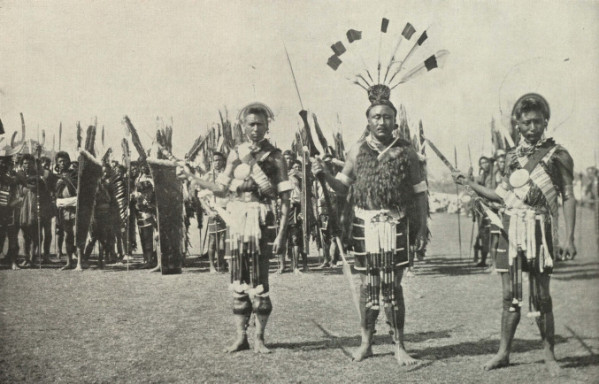
Nagaland’s history is deeply intertwined with the indigenous Naga tribes who have inhabited the region for centuries. These tribes have lived in relative isolation, developing distinct cultures, customs, and governance systems.
During the British colonial era, the British gradually annexed Naga territories in the 19th century. The region was initially part of Assam, and later recognized as the Naga Hills District.
After Indian independence in 1947, demands for a separate Naga identity grew. Following negotiations and political developments, Nagaland became the 16th state of India on December 1, 1963.
People and Tribes
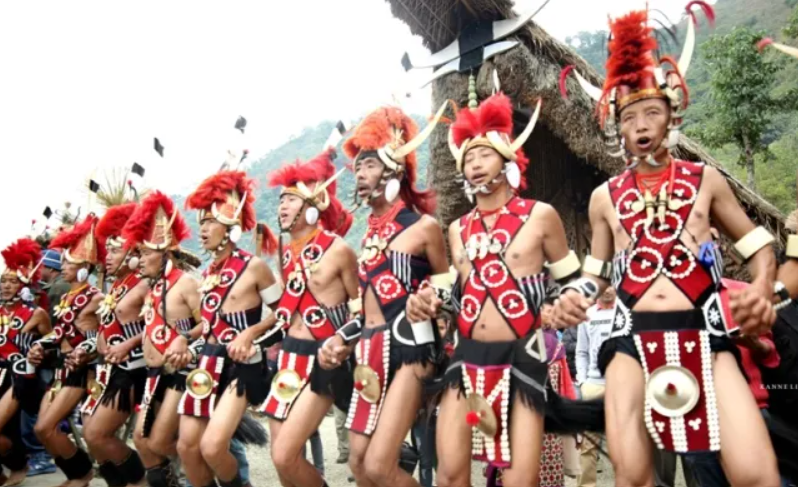
Nagaland is home to 16 major tribes and several sub-tribes. Each tribe has its own unique language, customs, attire, and traditions. Some of the prominent tribes include:
- Ao
- Angami
- Sumi
- Lotha
- Konyak
- Chakhesang
- Zeliang
- Phom
- Chang
The Naga people are known for their fierce independence, strong sense of identity, and warrior heritage. Traditionally, Naga villages were independent entities with their own councils and governance.
Tribal unity and identity remain a cornerstone of Naga society, even as the state embraces modernity.
Language and Religion
- Official Language: English (used in education and administration)
- Other Languages: Each tribe has its own language or dialect
- Nagamese: A creole language based on Assamese, often used as a lingua franca
Christianity is the predominant religion, especially after missionary influence during the British period. Over 87% of Nagaland’s population is Christian, with the Baptist denomination being the largest. Despite this, traditional tribal customs and festivals remain deeply rooted in society.
Culture and Traditions
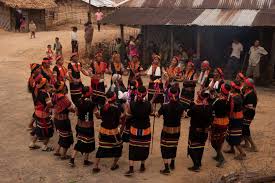
Nagaland’s cultural landscape is colorful and diverse. From music to crafts to oral storytelling, the Naga tribes preserve their heritage with pride.
Traditional Attire
Each tribe has its own distinctive attire, especially during festivals. Traditional dresses are often adorned with feathers, beads, shells, and animal motifs. Men often wear elaborate headgears, while women wear intricately woven shawls.
Dance and Music
Folk dances and songs are an integral part of Naga culture. These performances often depict themes of love, war, harvest, and unity. Instruments like bamboo flutes, log drums, and string instruments are used in performances.
Morung System
A Morung is a tribal dormitory for boys, where they are educated in customs, warfare, crafts, and community living. Although modern education has replaced this tradition in most places, the Morung remains a symbolic part of Naga heritage.
Festivals
Nagaland is rightly called the “Land of Festivals” because every tribe celebrates its own festivals with enthusiasm and color.
- Hornbill Festival: The most famous festival, held every December in Kisama near Kohima. It is a celebration of Naga unity and culture, featuring dances, music, crafts, food, and traditional games.
- Moatsu (Ao Tribe): Celebrated in May after sowing season.
- Sekrenyi (Angami Tribe): A purification and renewal festival held in February.
- Tuluni (Sumi Tribe): Celebrated in July, it marks the season of plenty.
These festivals not only preserve culture but also attract tourists from across the world.
Tourism in Nagaland

Tourism in Nagaland has grown in recent years, thanks to its unique cultural appeal and natural beauty.
Major Tourist Attractions:
- Kohima War Cemetery: A World War II memorial for Allied soldiers.
- Dzukou Valley: Known for its breathtaking landscapes and seasonal flowers.
- Hornbill Festival: A cultural extravaganza that draws thousands of visitors.
- Mon District: Famous for the Konyak tribe, once known for headhunting.
- Mokokchung: Cultural center of the Ao tribe.
- Tuophema Village: A model tourist village that showcases Naga lifestyle.
The government promotes eco-tourism and cultural tourism to preserve heritage while supporting local economies.
Economy and Livelihood
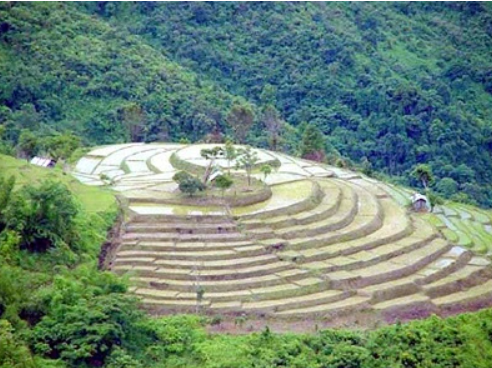
Nagaland’s economy is largely agrarian, with more than 70% of the population engaged in agriculture.
Major Crops:
- Rice
- Maize
- Millets
- Vegetables
- Fruits like oranges, pineapples, and bananas
Traditional jhum (shifting) cultivation is still practiced in many hilly areas, although efforts are being made to promote sustainable farming techniques.
Other Economic Activities:
- Handicrafts: Bamboo products, wood carvings, and handwoven textiles.
- Horticulture: Growing floriculture and fruit processing.
- Tourism: Cultural tourism is a growing sector.
Despite its resources, Nagaland faces challenges like limited industrial development and infrastructure. However, initiatives in education, entrepreneurship, and digital connectivity are gradually transforming the economy.
Education and Development
Nagaland has made commendable progress in education, with several schools, colleges, and universities established across the state.
- Nagaland University: The central university of the state.
- National Institute of Technology (NIT) Nagaland: Offers engineering and technical education.
- Christian colleges and institutions also play a vital role in promoting higher education.
The literacy rate in Nagaland is around 80%, higher than the national average.
Modern Challenges and Future Prospects
Nagaland faces several developmental challenges:
- Insurgency and Political Conflict: Demands for greater autonomy and identity have led to decades of insurgency and peace talks.
- Unemployment and Migration: Many educated youth migrate to other parts of India for jobs.
- Infrastructure: Remote terrain and poor connectivity hamper economic growth.
However, there are strong signs of progress:
- Peace Initiatives: The ongoing peace process between Naga groups and the Indian government aims to bring lasting stability.
- Digital Projects: The state is embracing technology for governance and education.
- Youth Empowerment: Local startups, cultural entrepreneurs, and artists are reviving traditions while creating livelihoods.







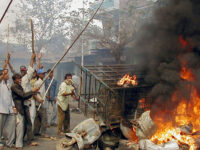















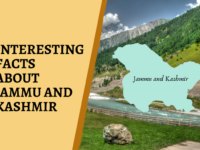
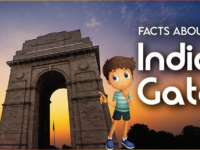




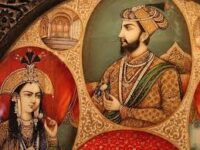










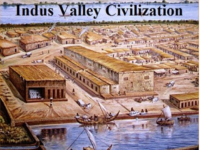














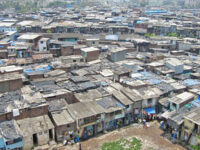
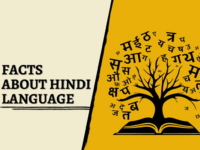
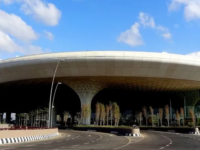








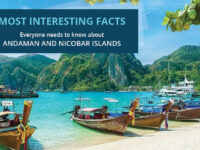



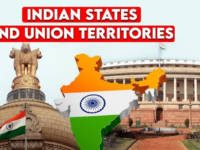


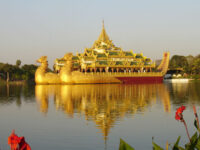




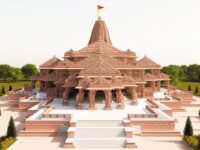

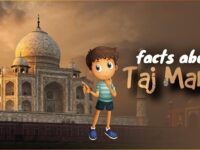




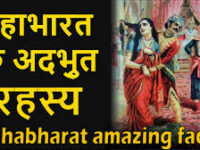

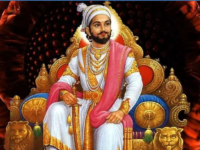
















0 Comments